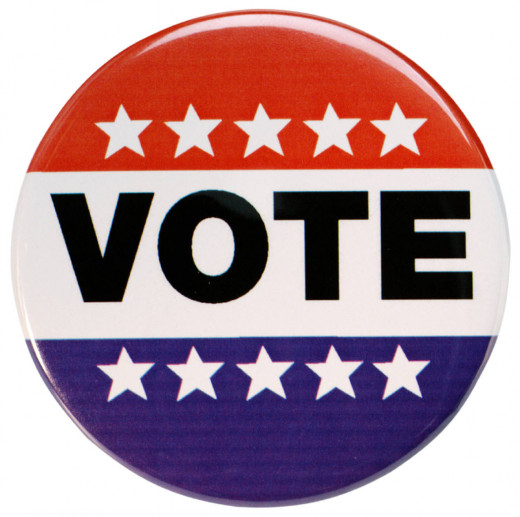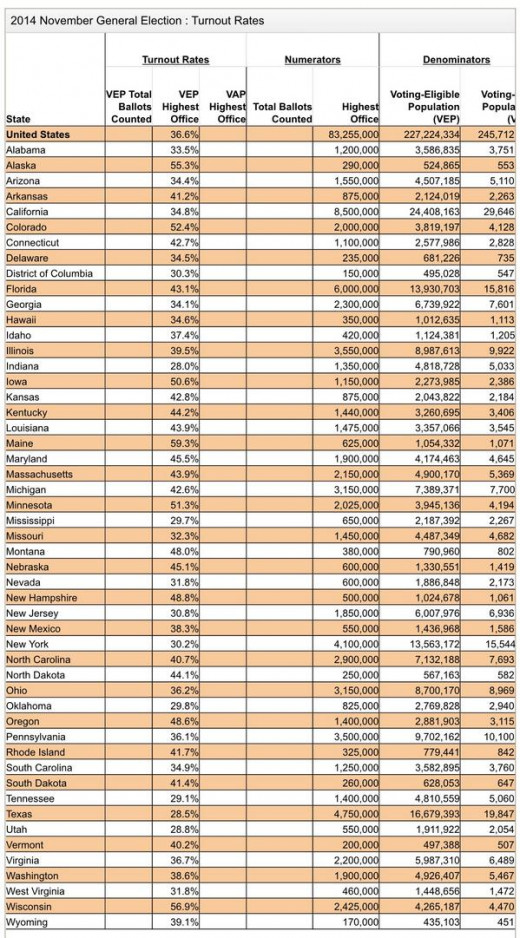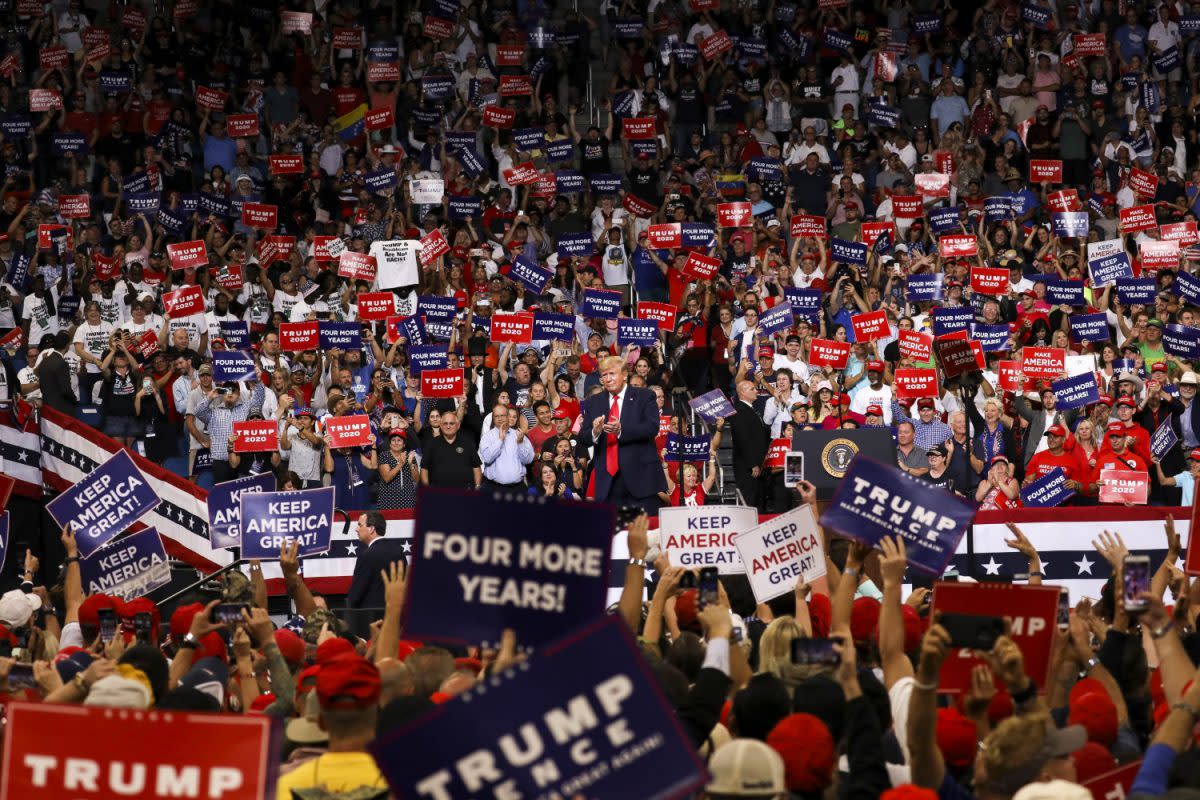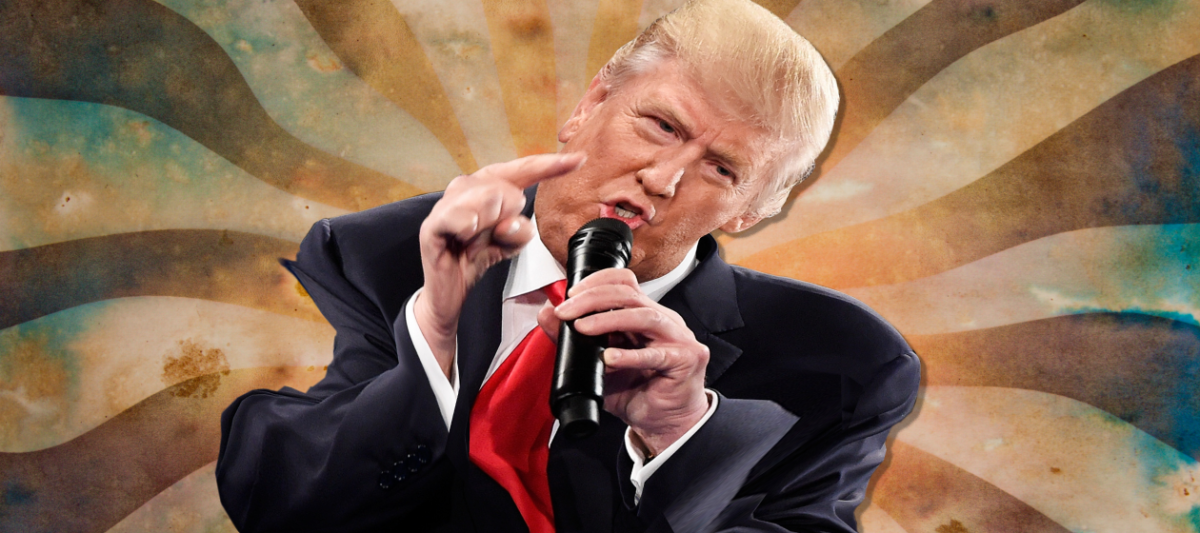Voter Participation: The United States
All American citizens should be required to maintain the political responsibility to vote and participate in the government.

A one sentence summary of the problem I am concerned with is because the civil responsibility to vote is not mandatory; the outcomes of polls cannot be fully accurate. While, the 2012 release of a voter turnout by the United States Elections Project, put together by Dr. Michael McDonald of the Department of Public and International Affairs at George Mason University, shows that the Presidential Turnout is on the rise, the United States Bureau of the Census shows an extremely low percentage of participation among younger voters. These conflicting sets of data highlight the need for discussion about getting younger, eligible voters to participate in elections.
More specifically, the problem with the government is to an extremely low interest to be involved by younger voting generations that are typically more liberal than their conservative elders; therefore the government has remained conservative through many social changes which require a more liberal outlook on certain aspects of American life. A famous liberal democrat in current American History is President Barrack Obama, who had overwhelming liberal support in the 2008 presidential election and lately has been under a lot of fire for not completing the tasks he promised to address/fix during his campaign. This is because he is fighting against a primarily republican congress. While democrats have the majority of the Senate, republicans have the majority of the House of Representatives. In June 2011 an article entitled “First Thoughts: Obama vs. Congress” was published by MSNBC explaining the presidents difficulties in congress’s cooperation under his administration. Obama and House Minority Leader Nancy Pelosi have been consistently butting heads with the Republicans in Congress as “they [congress] move to end Medicare and continue tax breaks for Big Oil” (Todd 1). The legislative branch is just as under fire as the executive branch. In a recent poll by NBC only 18% of those polled approved of the job Congress has done, and merely 10% of those polled said they were highly confident in the legislative branch (Todd 1). This is simply because younger generations tend to lean towards a liberal mindset. It could be argued that in order to get an essential part of the American population to vote, registration and voting processes should be simplified and high school students should be properly educated of these processes. For this argument, it is important to understand a couple of key concepts, such as where the statistics of voter participation according to age, education and class come from. The statistics of how many citizens registered to vote/voted that are used to support my thesis are from the November 2008 Current Population Survey. A widely accepted explanation of a Current Population Survey (CPS), according to the United States Bureau of the Census, is “a monthly survey of about 50,000 households conducted by the Bureau of the Census for the Bureau of Labor Statistics.” The primary use of a CPS is to provide information on the labor force characteristics for the United States. In terms of this argument the November 2008 CPS is considered core support because it is the most credible representation of voting and registration statistics of Americans based on age, education and class.
With those concepts established, we can now consider the problem concerning voter turnout in the United States. In order to get the government to accurately represent the needs of the United States population, more citizens need to vote – the civil responsibility to vote is analogous to an employee working to earn a salary. In other words, citizens have the civil responsibility to vote as employees have to do their jobs. For this analogy the boss of a corporation is the United States government and United States’ citizens are the employees. Ideally in this situation an employee does his work and the boss gives him the appropriate (high) payment. Conversely, if an employee does not work, the boss gives him the appropriate (low) payment. Therefore if a citizen was to vote, his preferred candidate could take office, but if a citizen does not vote he cannot expect his preferred candidate to take office. In other words, just as employees should not have high expectations of increased pay if they do not work, citizens cannot just expect the United States’ government to properly represent their needs if they do not vote. This idea is supported by laws and guidelines concerning both voting and working. According to the United States Bureau of the Census, one may vote if he is a U.S. citizen who lives or has an address within the United States, the civil responsibility to vote grants said citizen to vote for his preferred party or candidate; eligibility to vote depends on age and citizenship. According to the United States Department of Labor, one may work without restrictions if he is a United States citizen of 18 years of age or older. Additionally voting being analogous to an employee is illustrated by the following scenarios: 1Ideally, when an employee does his job, he can be rewarded with payment – when a citizen votes, he can be rewarded with proper representation. 2Realistically, it is possible for an employee to get away with not fulfilling his responsibilities, and still get paid – it is possible for a citizen to not vote and still have his preferred candidate take office. Conversely, sometimes an employee who does his work does not get fair payment – sometimes a citizen who votes does not get his preferred candidate in office. This example is significant to the idea that voting should be made mandatory because it points out the flaws in the current way voting is being handled.
Voting should be considered a civil requirement in the United States. Voting is a formal way “to express one’s views in response to a poll; especially: to exercise a political franchise” (Merriam-Webster). Voting is a basis for how a democracy runs. In his article “In Our Democracy, We Have a Fragile Voting System” Lee Hamilton, director of the Center on Congress at Indiana University and former member of the United States House of Representatives, addresses the lack of civil participation in voting. Hamilton begins by saying that he is disappointed by the lack of evolution of the voting system “after more than two centuries of practice.” Additionally, Lee defines voting as the “great shared ritual of democracy.” He continues by explaining that voting is what legitimizes the United States government and that citizens should consider voting a right and a privilege. His research goes on to point out that “about 51 million eligible citizens aren't registered at all and roughly one in eight voter registrations in the U.S. -- that's 24 million -- are either no longer valid or are inaccurate” (Hamilton). Hamilton’s view on voting registration being at the state’s discretion as confusing and makes said procedures unnecessarily difficult, which I suspect lead to a low interest to vote, especially by younger generations.
However some may argue oppositely on this issue because voting is deemed as a right by the United States government. A widely accepted definition of a right is “something to which one has a just claim: as the power or privilege to which one is justly entitled” (Merriam-Webster). With that term established we must now understand that if one has the right to do something, one has the right not to do that same thing. To take a right and make it mandatory is similar to mandatory extra credit assigned to students in class; it does not make any logical sense. In the United States many schemes have been put together in order to increase voter turnout. In his article “You Must Vote. It’s the Law” Eric Weiner lists these schemes:
“Get-out-the-vote campaigns…Rock the Vote…hip-hop the vote and pray the vote.Votergasm.org encourages young people to reward voting with sex. A "patriot-level commitment," for instance, means you agree to have sex with another voter on Election Day—and withhold sex from nonvoters for one week”
These schemes are shallow and unimpressive at best and Weiner goes on to say that in Australia, citizens do not need all of the smoke and mirrors to vote because it’s the law. Weiner also addresses the flaws in mandatory voting, with Australia as his main focus. For one thing, “mandatory voting isn't politically neutral” (Weiner 1), having every citizen vote could greatly sway the pull political parties have on the government, especially liberal or independent parties. “In general, political scientists believe the practice gives a slight edge (2 percent or 3 percent) to liberal parties, since presumably the poor and disenfranchised…tend to vote liberally” (Weiner 1). However, at least in Australia’s situation there are many flaws in the mandatory voting system; Australia has an extremely high rate of “spoiled ballots” than nearly any other democracy. A spoiled ballot includes “protest votes and those cast by recent immigrants who were confused by the notoriously complicated ballots’ (Weiner 2). On top of having a large percent of spoiled ballots, Australia also deals with "donkey votes." A donkey vote is “so named because apathetic voters play pin the tail on the donkey at the polling station, randomly making their selections” (Weiner 2). Weiner’s conclusion is that mandatory voting with not work in the United States and according to an ABC News poll from summer 2004, 72 percent of those surveyed agree with him. He goes on to observe that “mandatory voting would probably cause a further dumbing-down of election campaigns” (Weiner 2) because politicians would be more concerned with converting voters and would probably resort to an dim type of political advertising. Weiner concludes by saying that mandatory voting would be near impossible and extremely difficult to enforce.
However there are ways to possibly address the low voter turnout rates in the United States. The first problem that must be addressed is that not all American citizens vote. According to the United States Census Bureau, Current Population Survey from the 2008 November election only 61.5% of surveyed Americans voted. The lowest percentage of voting participation for a single year age group was 42.7 percent of 18 year olds and the highest percentage of voting for a single year age group was 74.9 percent of 77 year olds. Therefore, it can be speculated that the government will more accurately represent the 77 year old age group better than the 18 year old age group. Such a problem can be solved by making voting a mandatory civil responsibility and enforcing said responsibility with a fine, such as in Australia.
The intended results of taking the proper steps to mandatory voting are for the government to have a more accurate representation of the population. Additionally more accurate representation could lead to less of a need to complain by American citizens about the government without reason. An unintended result is that making the right to vote mandatory impedes on the freedom of what a right is. A right is a justified claim or entitlement, or the freedom to do something. Voting is a civil right; therefore making it mandatory could be unconstitutional. However, the only way for a democracy to function properly and for governmental representatives to accurately represent the needs of the population is for all American citizens’ votes.
The second problem is that younger generations are either misinformed or uninformed politically, therefore their votes have the highest chance of being spoiled. In an article published to Cooper Center for Survey Research it was determined that “students believe politics too complicated”. The survey as run by the University of Virginia’s Center for politics and of the 1,009 students surveyed only 25.7 percent could name Senator George Allen and only 36.4 percent could name Senator John Warner. “‘This is just more proof that young people are not being prepared for full participation in the political and electoral process,’ said Larry J. Sabato, director of the center”. These low percentages are disheartening on top of facts determined further along in the survey that stated “45 percent said they felt well-prepared to participate in politics and elections”. This issue can only increase as a problem as older and well informed generation numbers dwindle and younger generations are forced into positions of decision making power. Sabato goes on to say “It's a failure of both the schools and the family. It's a shared responsibility to teach young people about civics”. The only way to solve this problem is for American high schools to prepare students to become politically active by the time they turn 18 by educating them on the facts of historical as well as current American politics.
An intended result of educating and preparing younger generations politically is having more aware students that are more likely to become involved politically. However, if taught by politically biased teachers it is possible for students to remain misinformed. Also it is illegal and unprofessional for teachers to sway students politically. Charlayne Hunter-Gault once said, “If people are informed they will do the right thing. It's when they are not informed that they become hostages to prejudice”. Younger generations are more likely to participate politically if they are informed and realize that voting is not only a right, but is the right thing to do.
UPDATE: NOV. 2014 MIDTERM ELECTION TURNOUT LOWEST IN AMERICAN HISTORY

Works Cited
“Right.” Def. 2.2a. Merriam-Webster’s Collegiate Dictionary. Merriam-Webster Inc, n.d. Web. 23 Apr. 2012.
“SURVEY SHOWS STUDENTS BELIEVE POLITICS TOO COMPLICATED, AP.” Weldon Cooper Center for Public Services. Media General, Inc, 2003. Web. 28 Mar. 2012.
Todd, Chuck, et al. “First Thoughts: Obama vs. Congress.” MSNBC. msnbc.com, 30 June 2011. Web. 2 Mar. 2012.
United States. Census Bureau. Voting and Registration in the Election of November 2008 - Detailed Tables. The United States Census Bureau. N.p., Nov. 2008. Web. 13 Mar. 2012.
“Voting.” Def. 2.1. Merriam-Webster’s Collegiate Dictionary. Merriam-Webster Inc., n.d. Web. 23 Apr. 2012.
Weiner, Eric. “You Must Vote. It’s the Law.” Slate Magazine 29 Oct. 2004: n. pag. Slate.com. Web. 24 Apr. 2012.








